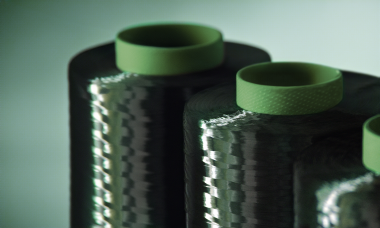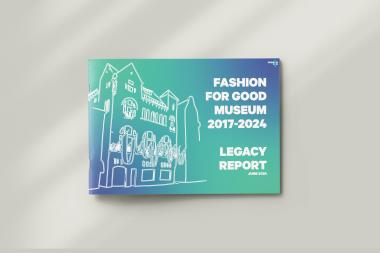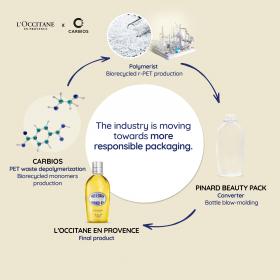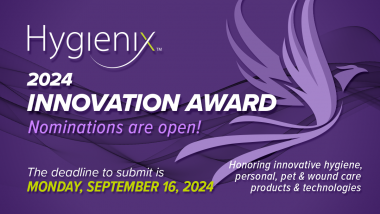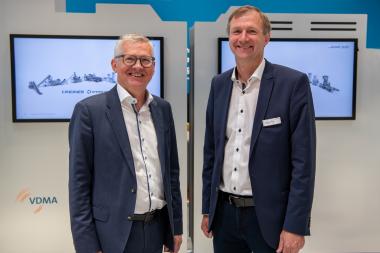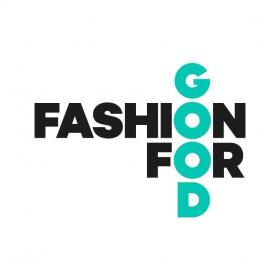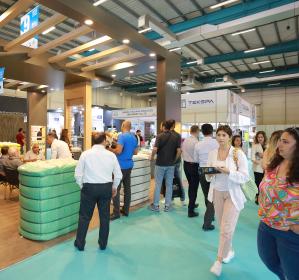BW Converting launches Rebranding
At DRUPA in Düsseldorf, BW Converting – formerly BW Converting Solutions – has launched an updated branding identity on the heels of incorporating print and industrial technology company Baldwin into its roster – a portfolio that already includes heavyweights Paper Converting Machine Company (PCMC) and Winkler+Dünnebier (W+D), as well as Hudson-Sharp, STAX Technologies and Northern Engraving and Machine Company.
With a potent mission, BW Converting pledges to do more than just describe the quality of its converting technologies, but also signify a commitment to betterment that reaches outside the factories and extends into the lives of consumers and society.
The rebranding effort positions BW Converting and its brands in a visually strong and structured architecture so customers and markets can quickly grasp the breadth of the capabilities the company can offer, over just individual brands’ strengths.
“Our mission is to inform our markets about topics which help them bridge the gap between what they know and what they need to know. This starts with the clarity of our mission,” said Simon Blake, VP of Marketing, BW Converting. “Because we change and transform many raw materials from one purpose to a better one, we are supporting all our customers’ and markets’ goals to ‘Change for the better.’” ¬¬
“The rebrand is a culmination of a focused plan to support customers’ growth through the integration of our knowledge, scale and global footprint over six strong product brands,” said Stan Blakney, Group President, BW Converting. “Customers are looking for a recognizable company that can support them either in one or many technologies. This rebranding will enable them to do that and have a better understanding of why we come and work for BW Converting.”
BW Converting Barry-Wehmiller drupa Baldwin Paper Converting Machine Company PCMC Winkler+Dünnebier Hudson-Sharp STAX Technologies Northern Engraving and Machine Company
Barry-Wehmiller







